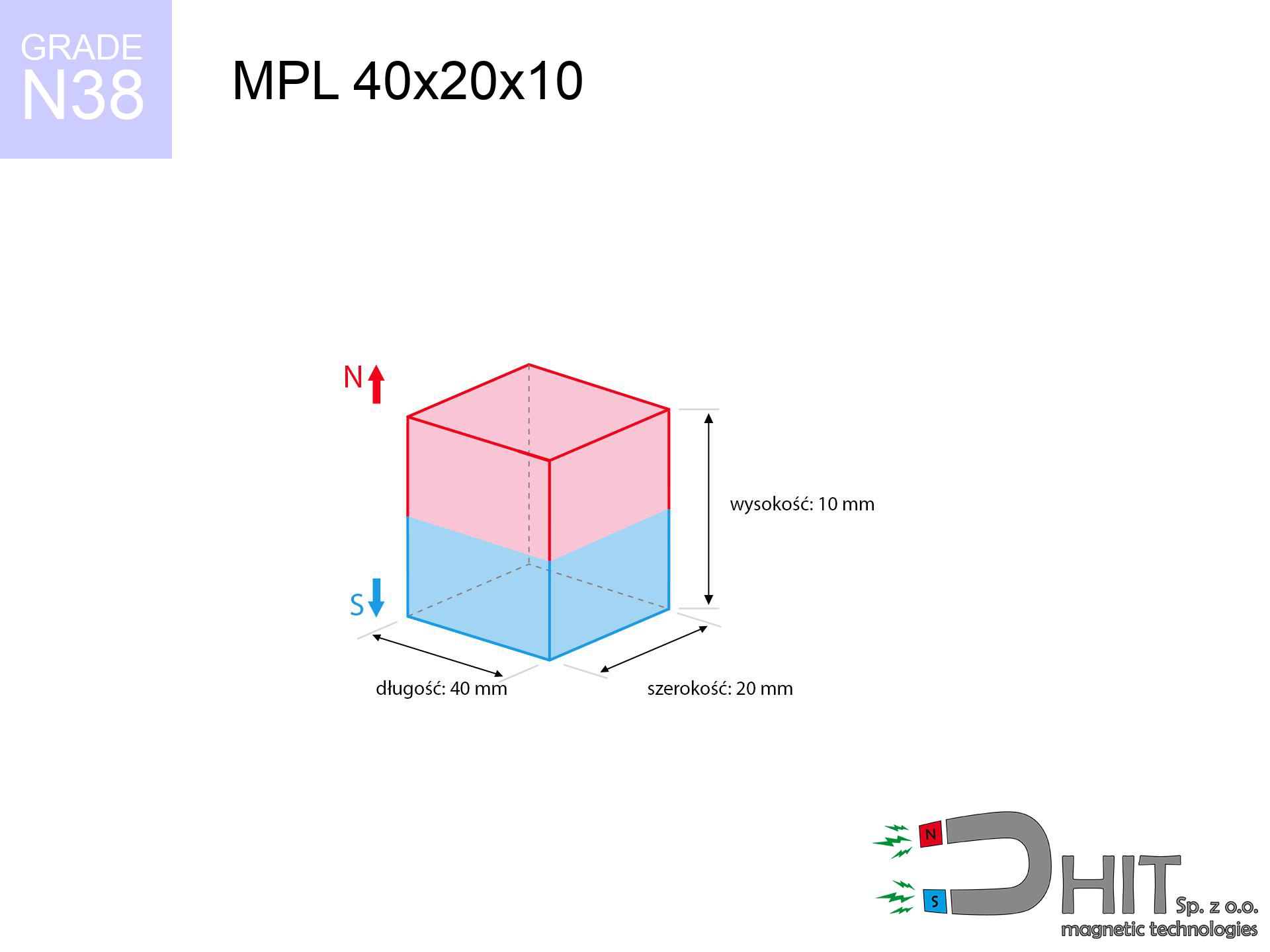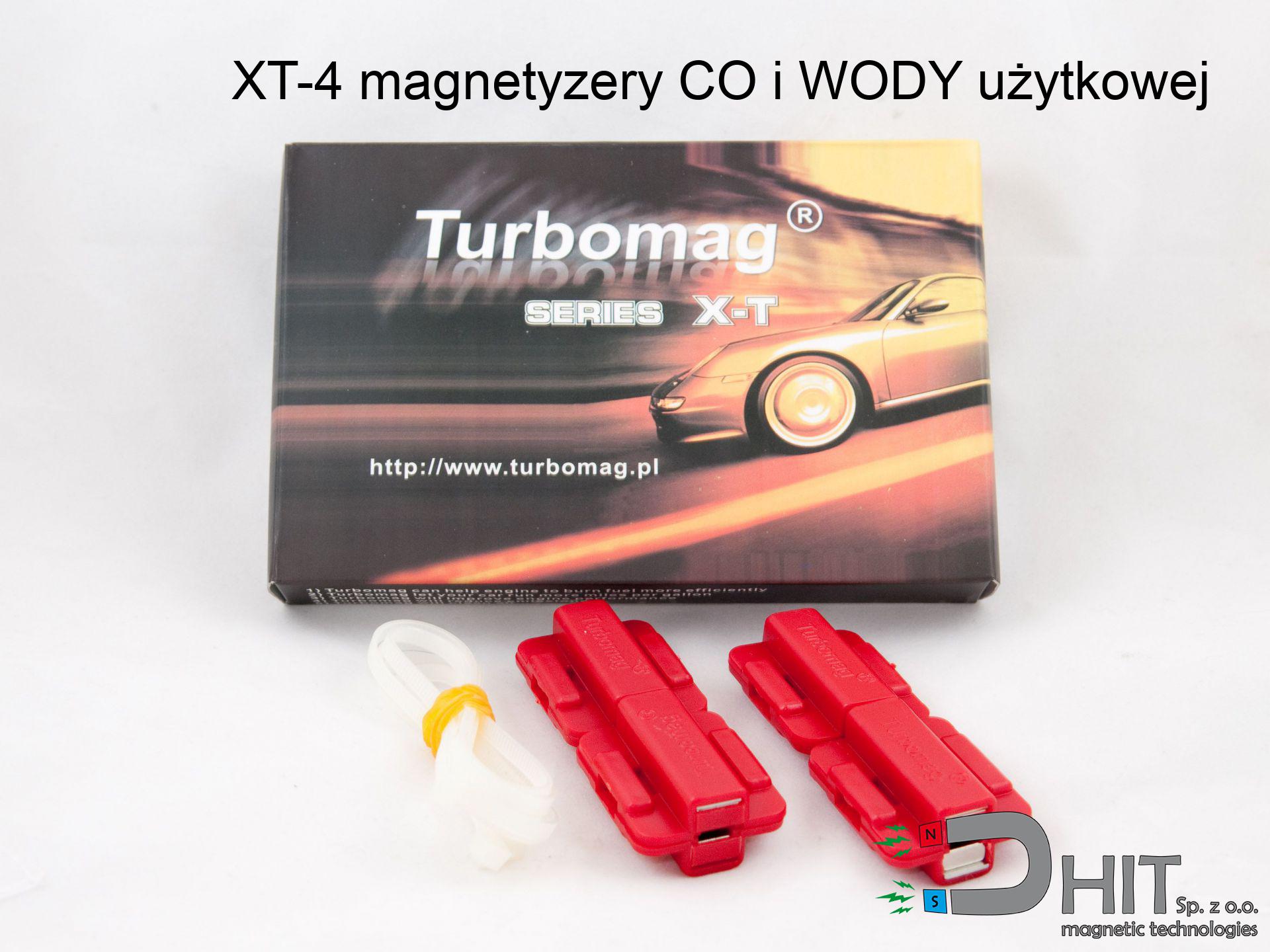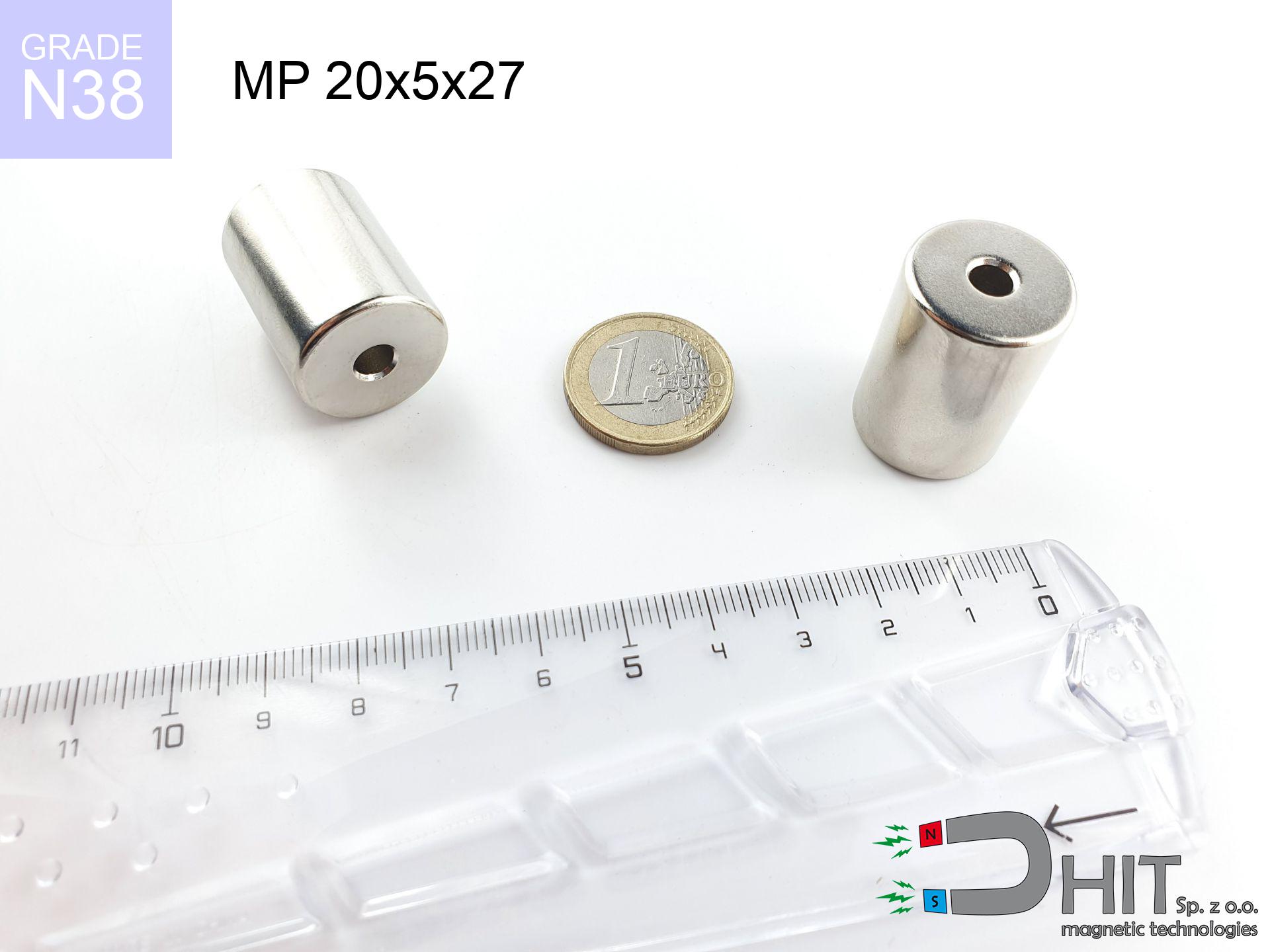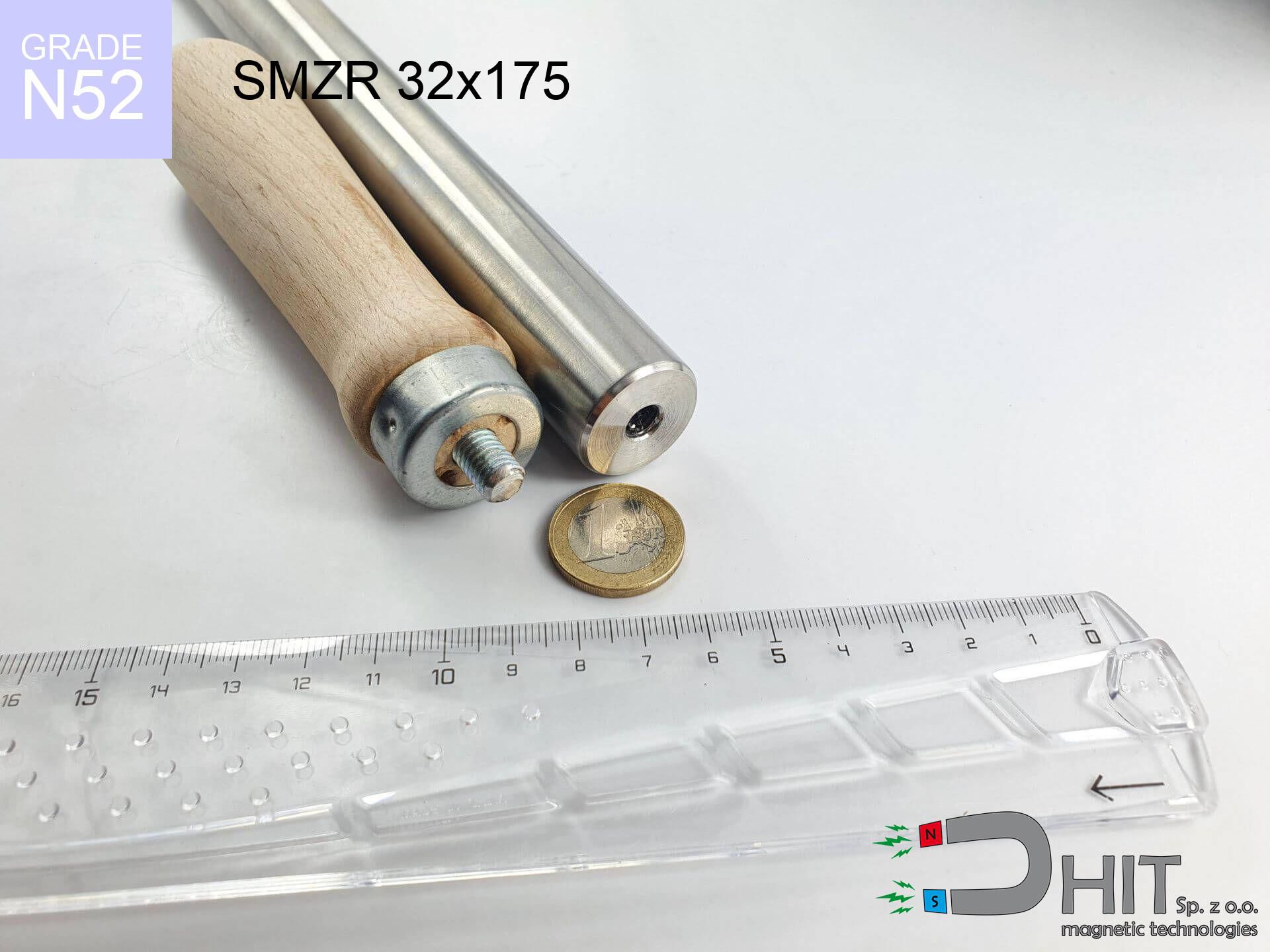MPL 40x20x10 / N38 - lamellar magnet
lamellar magnet
Catalog no 020158
GTIN: 5906301811640
length
40 mm [±0,1 mm]
Width
20 mm [±0,1 mm]
Height
10 mm [±0,1 mm]
Weight
60 g
Magnetization Direction
↑ axial
Load capacity
22.34 kg / 219.08 N
Magnetic Induction
349.60 mT
Coating
[NiCuNi] nickel
31.00 ZŁ with VAT / pcs + price for transport
25.20 ZŁ net + 23% VAT / pcs
bulk discounts:
Need more?Need advice?
Contact us by phone
+48 22 499 98 98
alternatively let us know via
form
our website.
Lifting power and form of neodymium magnets can be estimated with our
magnetic calculator.
Order by 14:00 and we’ll ship today!
Magnetic properties of material N38
Physical properties of sintered neodymium magnets Nd2Fe14B at 20°C
Shopping tips
Advantages as well as disadvantages of NdFeB magnets.
Besides their exceptional strength, neodymium magnets offer the following advantages:
- Their power is durable, and after around 10 years it decreases only by ~1% (theoretically),
- They feature excellent resistance to magnetic field loss due to external magnetic sources,
- Thanks to the glossy finish, the plating of Ni-Cu-Ni, gold, or silver-plated gives an elegant appearance,
- The surface of neodymium magnets generates a unique magnetic field – this is a key feature,
- Through (appropriate) combination of ingredients, they can achieve high thermal resistance, enabling action at temperatures approaching 230°C and above...
- Due to the option of precise forming and adaptation to individualized needs, NdFeB magnets can be modeled in a variety of forms and dimensions, which amplifies use scope,
- Significant place in future technologies – they find application in mass storage devices, drive modules, precision medical tools, as well as technologically advanced constructions.
- Compactness – despite small sizes they offer powerful magnetic field, making them ideal for precision applications
Characteristics of disadvantages of neodymium magnets and ways of using them
- Brittleness is one of their disadvantages. Upon strong impact they can break. We recommend keeping them in a strong case, which not only secures them against impacts but also raises their durability
- Neodymium magnets lose their power under the influence of heating. As soon as 80°C is exceeded, many of them start losing their force. Therefore, we recommend our special magnets marked [AH], which maintain durability even at temperatures up to 230°C
- Magnets exposed to a humid environment can corrode. Therefore while using outdoors, we recommend using waterproof magnets made of rubber, plastic or other material protecting against moisture
- Limited ability of creating threads in the magnet and complex forms - recommended is cover - mounting mechanism.
- Potential hazard related to microscopic parts of magnets pose a threat, in case of ingestion, which becomes key in the context of child safety. Furthermore, small elements of these devices can disrupt the diagnostic process medical after entering the body.
- With budget limitations the cost of neodymium magnets is economically unviable,
Maximum holding power of the magnet – what affects it?
The declared magnet strength concerns the peak performance, obtained under ideal test conditions, specifically:
- using a sheet made of high-permeability steel, functioning as a circuit closing element
- possessing a thickness of min. 10 mm to avoid saturation
- characterized by even structure
- without any air gap between the magnet and steel
- during pulling in a direction perpendicular to the plane
- at standard ambient temperature
Key elements affecting lifting force
Effective lifting capacity impacted by working environment parameters, including (from priority):
- Clearance – existence of any layer (rust, tape, gap) acts as an insulator, which reduces power rapidly (even by 50% at 0.5 mm).
- Load vector – highest force is obtained only during perpendicular pulling. The shear force of the magnet along the surface is usually several times smaller (approx. 1/5 of the lifting capacity).
- Base massiveness – insufficiently thick plate causes magnetic saturation, causing part of the flux to be lost to the other side.
- Material composition – not every steel reacts the same. High carbon content worsen the attraction effect.
- Surface finish – ideal contact is possible only on smooth steel. Any scratches and bumps reduce the real contact area, weakening the magnet.
- Operating temperature – NdFeB sinters have a negative temperature coefficient. When it is hot they are weaker, and at low temperatures they can be stronger (up to a certain limit).
* Holding force was checked on the plate surface of 20 mm thickness, when a perpendicular force was applied, however under shearing force the load capacity is reduced by as much as 5 times. Additionally, even a slight gap {between} the magnet and the plate decreases the holding force.
Precautions when working with neodymium magnets
Combustion hazard
Drilling and cutting of neodymium magnets carries a risk of fire risk. Neodymium dust oxidizes rapidly with oxygen and is hard to extinguish.
GPS and phone interference
Navigation devices and mobile phones are extremely sensitive to magnetism. Close proximity with a powerful NdFeB magnet can decalibrate the sensors in your phone.
Allergy Warning
Certain individuals have a sensitization to nickel, which is the standard coating for neodymium magnets. Extended handling might lead to dermatitis. It is best to wear safety gloves.
Maximum temperature
Keep cool. Neodymium magnets are susceptible to heat. If you require operation above 80°C, look for special high-temperature series (H, SH, UH).
Warning for heart patients
Individuals with a pacemaker must maintain an safe separation from magnets. The magnetic field can interfere with the operation of the life-saving device.
Serious injuries
Watch your fingers. Two powerful magnets will snap together immediately with a force of massive weight, destroying everything in their path. Exercise extreme caution!
Protect data
Powerful magnetic fields can corrupt files on credit cards, HDDs, and storage devices. Stay away of min. 10 cm.
Fragile material
Watch out for shards. Magnets can explode upon violent connection, ejecting shards into the air. We recommend safety glasses.
Powerful field
Exercise caution. Neodymium magnets attract from a distance and connect with huge force, often faster than you can move away.
No play value
Absolutely keep magnets away from children. Choking hazard is significant, and the effects of magnets connecting inside the body are tragic.
Attention!
Details about risks in the article: Magnet Safety Guide.





![UMGZ 48x24x11.5 [M8] GZ / N38 - magnetic holder external thread UMGZ 48x24x11.5 [M8] GZ / N38 - magnetic holder external thread](https://cdn3.dhit.pl/graphics/products/umgw-48x24x11.5-m8-gz-bit.jpg)



